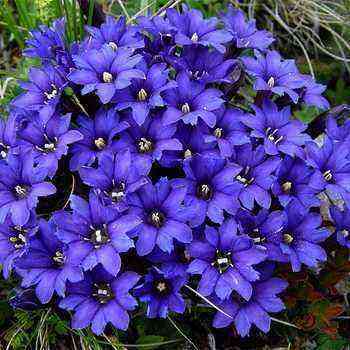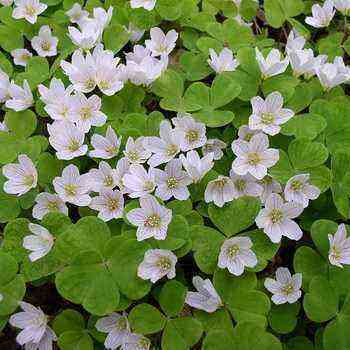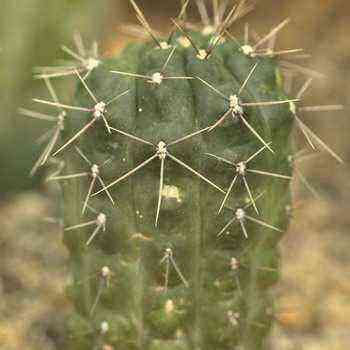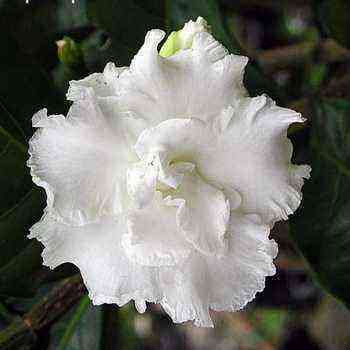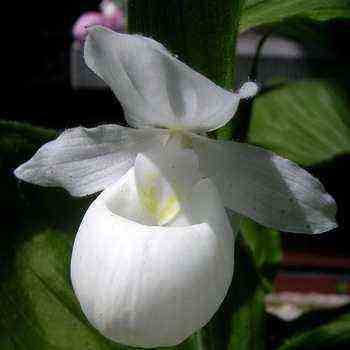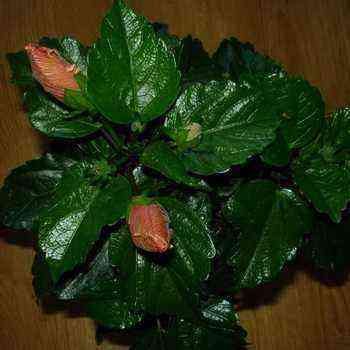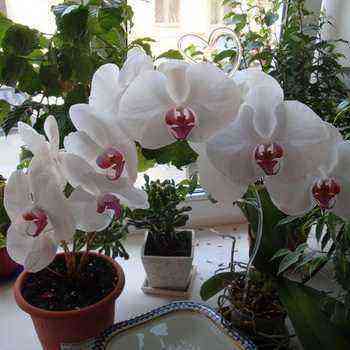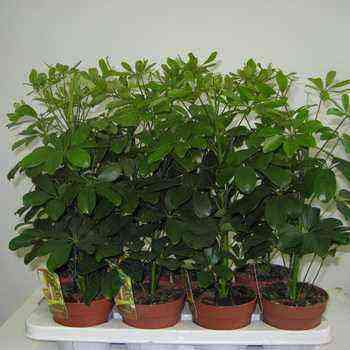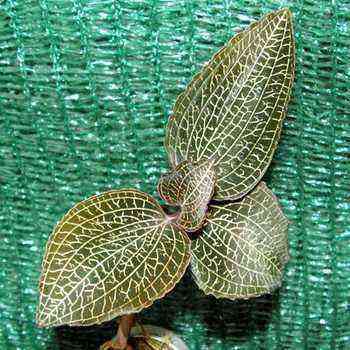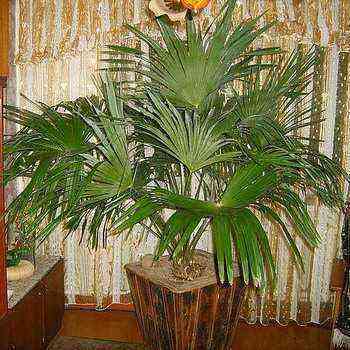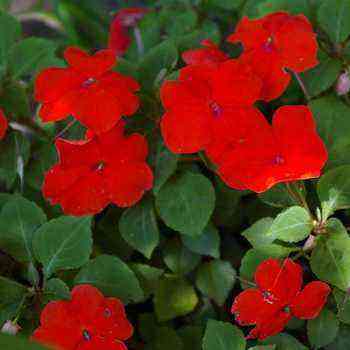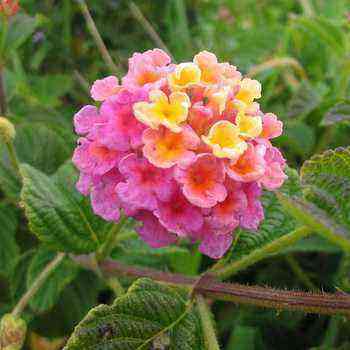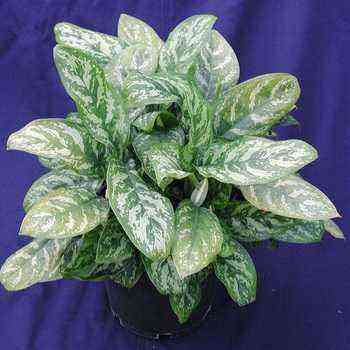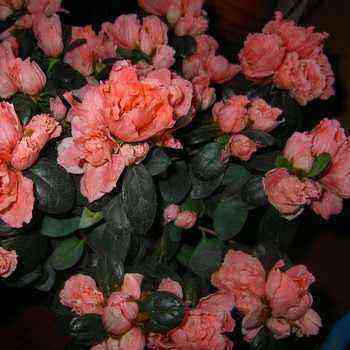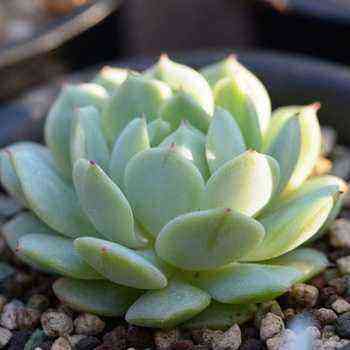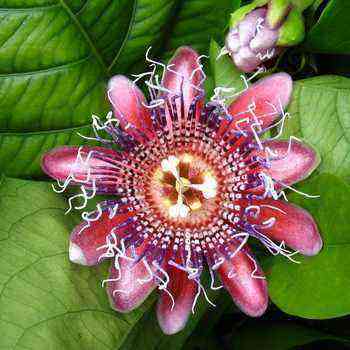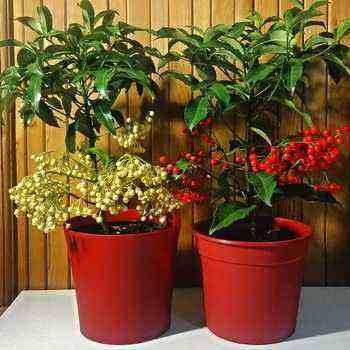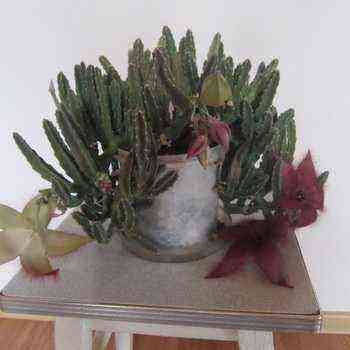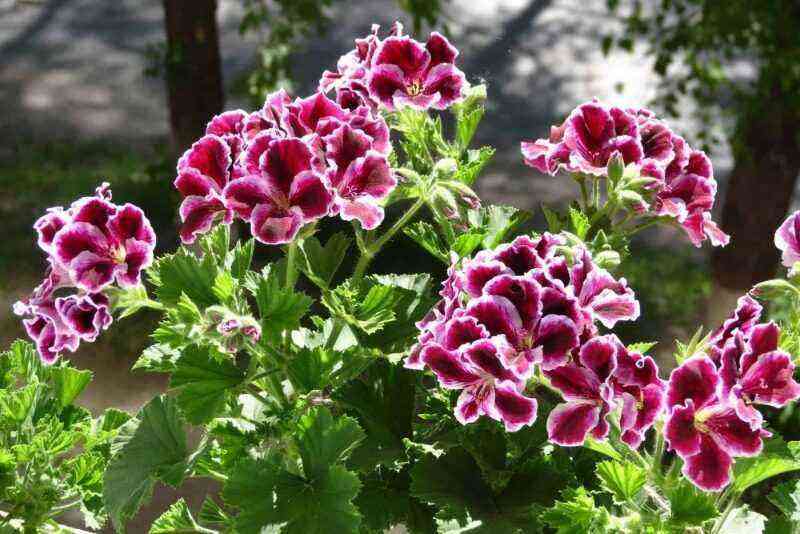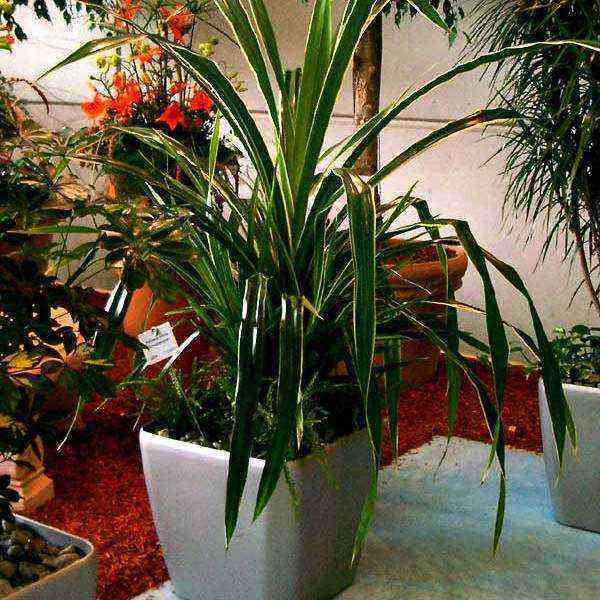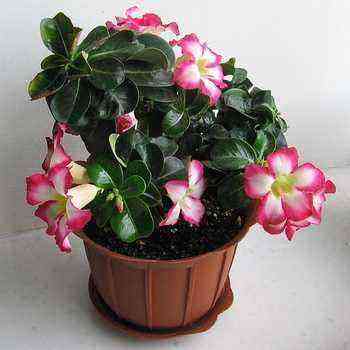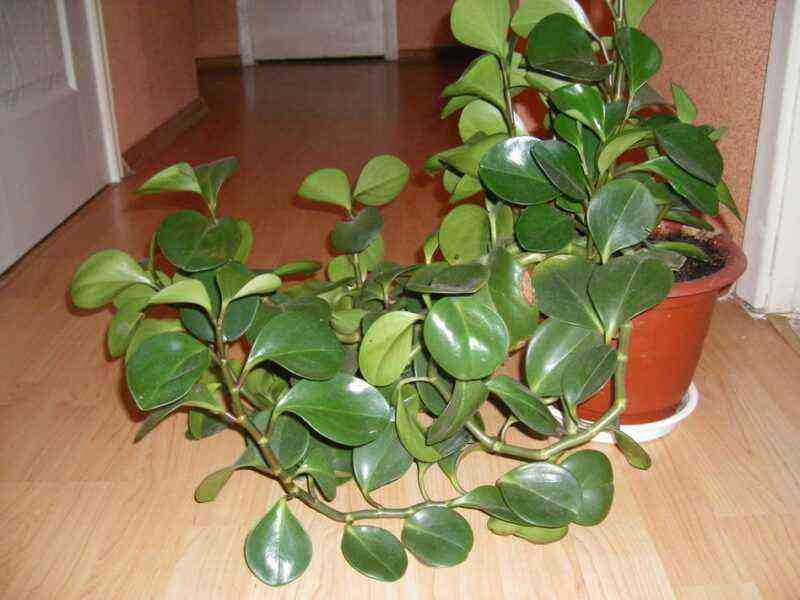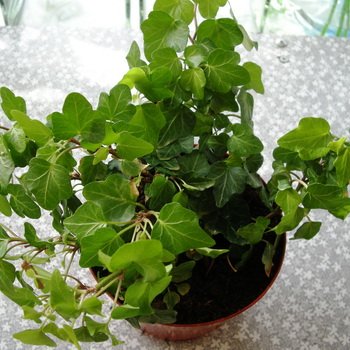 Indoor ivy (Hedera) can be found in almost every apartment – this evergreen plant does not require difficult maintenance and perfectly adapts to any conditions. Even being placed in a room with insufficient illumination and low temperature, he is content with what he has and continues to grow actively.
Indoor ivy (Hedera) can be found in almost every apartment – this evergreen plant does not require difficult maintenance and perfectly adapts to any conditions. Even being placed in a room with insufficient illumination and low temperature, he is content with what he has and continues to grow actively.
The main condition for how to care for ivy is not to allow the soil to dry out, this plant may not withstand drought and shed all the leaves.
Family: Araliaceae, deciduous-decorative, light-loving, shade-tolerant.
Evergreen curly ligneous vines, attached to the support with sucker roots. In the southern regions, common ivy (Hedera helix) entangles tree trunks and climbs rocks.
Can indoor ivy be kept at home?
Many people doubt whether it is possible to keep ivy at home – these fears cause rumors that the plant allegedly “survives” all the green spaces growing around. Experienced flower growers advise not to be afraid of this neighborhood. At home, ivy is unpretentious and will not interfere with other plants.
Due to the variety of forms, high variability and simplicity in home care, ivy has long been widely used in indoor floriculture for vertical gardening.

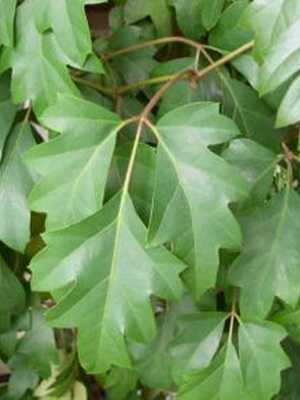
Numerous varieties differ in the shape of the leaves, their size and color. The most characteristic leaf shape is five-lobed, but there are varieties with almost oval leaves, and, conversely, with elongated tips of the lobes, almost stellate. The edges of the leaf blade, usually even, can be either corrugated or wavy. The color, usually even green, can consist of bizarre combinations of green, yellow, cream, white and gray.
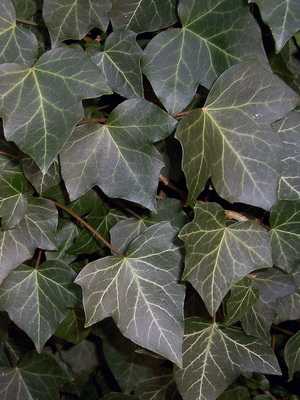
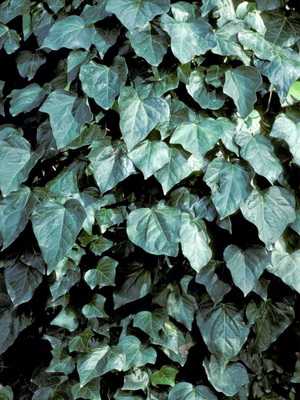
The largest leaves in canary ivy (Hedera helix ssp. Canariensis) – up to 20 cm long.
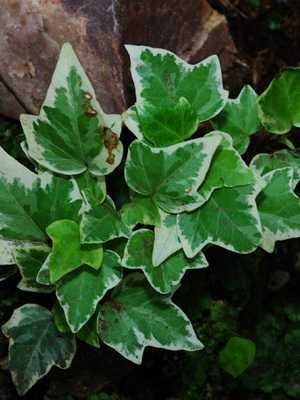
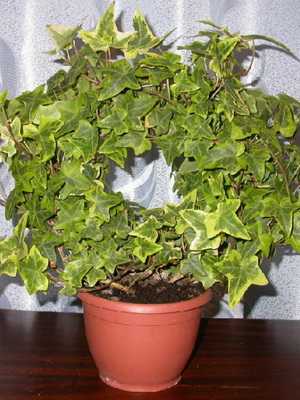
Variegata of this species is distinguished by beautiful white veins on the leaves.
How to care for home ivy
Home care for ivy, unspoiled by the bounty of the wild, is easy. He is content with “what is” – dim lighting, dry air, and a decrease in winter temperatures (up to + 10 ° С). You should try to water it regularly, since once the leaves that have experienced a lack of moisture dry up and fall off (but this is partially compensated by the rapid growth rates). Variegated varieties need more intense lighting, otherwise the brightness of the color of the leaves is lost. Top dressing is carried out in winter once a month, in spring and summer – every week.
When caring for home ivy, the plant is transplanted every 2-3 years into a soil mixture of turf, compost and sand (1: 1: 1), preferably several cuttings in one container for more lush growth. It can be grown as an ampel plant – the shoots hang freely over the edges of the pots, or as a curly – ivy easily braids the provided support, fixing it with sucker roots. But the more “noble” Canary ivy cannot do this, its shoots will have to be tied up or fixed in some other way.
Caring for home ivy hybrids

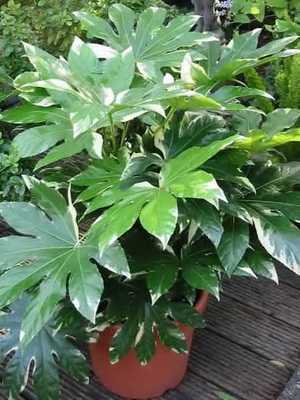
For owners of spacious areas and lovers of large forms, a hybrid of common ivy (Hedera helix) and Japanese fatsia (Fatsia japonica) – Fatshedera has been developed. It is an evergreen liana with long (up to 5 m) ligneous shoots and large (up to 30 cm in diameter) palmate leathery dark green leaves. Yellowish-green flowers are collected in a panicle inflorescence up to 15 cm long.
Caring for home ivy hybrids is the same as for common ivy – these plants combine all the characteristics convenient for indoor floriculture from both “parents”. They grow successfully both in bright light and in shaded places, they tolerate dry air, dust, short daylight hours at high temperatures in winter. Ivy hybrids are watered abundantly, spraying will not be unnecessary. Top dressing is carried out in spring and summer 2 times a month. They are transplanted annually in spring in spacious containers using a soil mixture of turf and leaf soil, sand (1: 1: 1).

